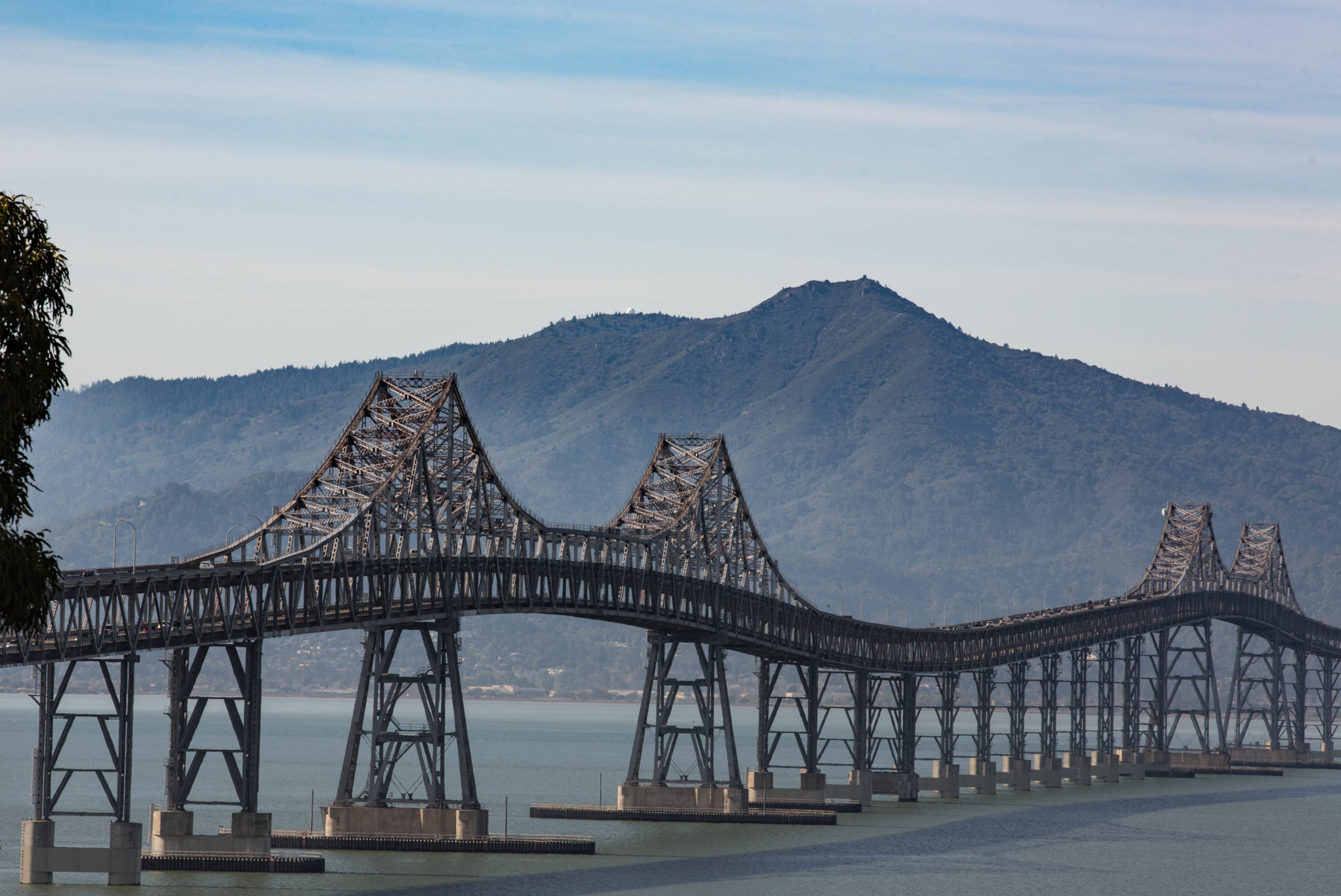The map jones never stays quiet for long, though my habit is really just an incidental one. In late March, I wrote something in passing about Google Maps and what I liked about them. Since then, Google has combined its maps with the database of aerial and satellite photographs I think it acquired when it bought a company called Keyhole. Now you can specify any location in the United States — maybe the world, but I haven’t tried that — and in addition to the traditional map, you can also see an aerial image that matches the maps frame precisely.
So one of my first impulses is to look up places I lived growing up — like 196 Monee Road, in Park Forest, where we lived from 1958 through 1966 (the house had great heating ducts for storing beer, but my brothers have to relate that story).
Here’s a map that shows 196 Monee Road (unfortunately, I can’t figure out how to display the Google map on this page — if indeed that’s possible for a mere Web mortal such as myself).
Here’s the corresponding aerial image.
And here’s an aerial that shows how to get from 196 Monee Road to the next house we lived in, on Oak Hill Drive, a mile away.

One of my favorite things on Google maps is the scrolling feature. If you haven’t tried it, be warned that it’s a real time killer. Use the arrow keys to go north, south, east or west. To me, this is so very cool.
Now, this is interesting. In the satellite part, I just entered 1200 S Lake Shore Dr, Chicago IL (what I thought was Shedd Aquarium), and it comes back as 1200 E WM L Mcfetridge Dr. I did not know that.
It’s an old satellite shot, because Meigs Field is still clearly an airport.
Anyway, enlarge the view a little bit, and go north up Lake Shore Drive to get a view of some interesting breakwaters and an almost empty marina (Yacht Club?). It must be late fall, because few boats, but the grass is still a little green. On the south edge of the marina there appears to be an extremely large yacht. Or is it a submarine? There’s what looks like the water filtration plant.
Sorry. I told you it was a time killer.
Time killer you bet!
Scrolling through Park Forest to 210 Juniper then out to the farm on Eagle Lake Road followed by a trace to the open fields in which my current home can be found. And the cart paths at Urban Hills, couldn’t figure out what those little white ribbons were for a while. I should really be looking for a new job.
I wonder if I can find my school?
The other thing you can do with those satellite maps (and the conventional Google maps, too) is use your cursor to drag them — so you can really control exactly how you traverse the countryside.
One of my first lookups was Wrigley Field, which I did by starting at the continent-level satellite photo and then clicking down (“Powers of Ten” style) down to the North Side. Both the ballpark and Graceland Cemetery really stand out in that neighborhood. I think this link will work:
http://maps.google.com/maps?ll=41.951380,-87.657166&spn=0.010171,0.013089&t=k&hl=en
Aside from the maps, I’d like to get a followup on beer storing heating ducts at 196. I’ve heard hints of something that went on in that part of the house. Something of a rather explosive nature, which could have changed the course of the civilized world as we know it. Come on Chris and John. Fess-up. The statutes of limitations will protect you.
Ah, 196 Monee Rd. That house could tell a few stories, and give up a small treasure of various items rolled, slipped, or slid into the heating ducts. This is not to mention the wall inside the room Dan, John, and I shared. None of these will I commit to written record, though I will add for the current owner of that house not to bother tearing the place down trying to make your fortune. None of our baseball cards remain as they were used to “pimp out” bikes, which in turn explains what happened to all the clothespins. Anybody have a marble?